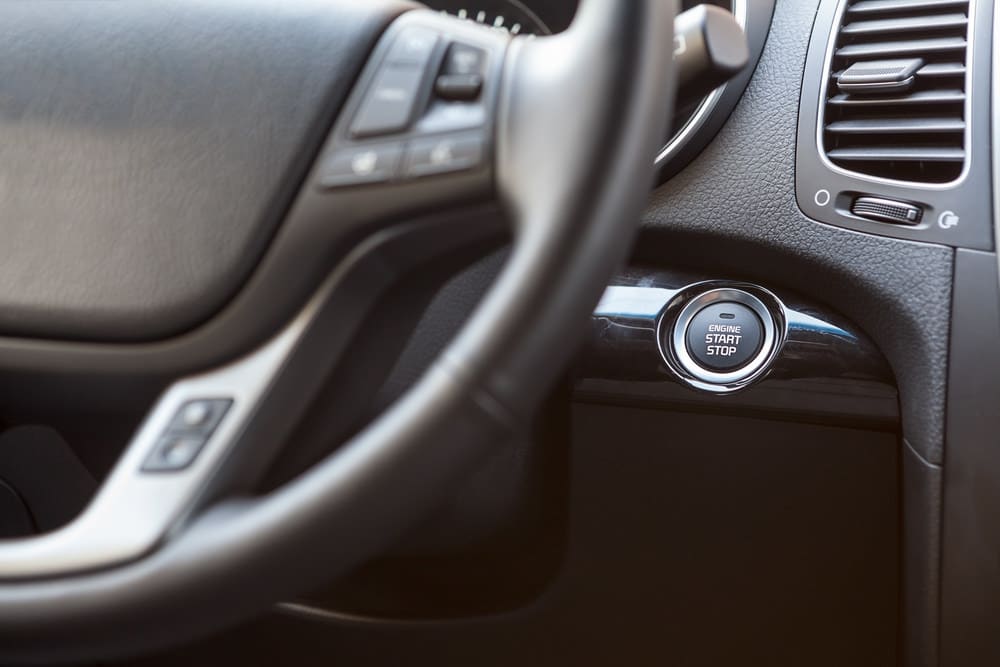

Vehicle starting systems have evolved significantly since their inception. When automobiles were initially introduced, you had to manually crank the engine over with a handle on the front of your engine compartment. The next phase involved a lock and key system where an electric starter motor would turn the engine over to get it running. This ignition system has been in use for many decades, with modifications and design changes along the way for reliability and security.
Recent ignition developments
Within the past two decades, security systems have evolved to the point where only one specific chip in close proximity will allow the engine to start. Microchip technology has allowed the next step of automotive development for ignition systems: keyless push-button ignition. In this style of ignition, the key only needs to be on the user’s person or in close proximity to the ignition in order for the engine to be able to start. The driver presses a push-button ignition button, and the starter motor receives power to turn the engine over.
Is keyless more reliable?
Keyless push-button ignition systems are secure, only being able to be started by someone who possesses the key fob. There is a programmed chip inside the fob that is recognized by the vehicle when it is close enough. A battery is required, however, and if the battery dies, some systems are unable to initialize. That means you could be in possession of your key fob for your keyless push-button ignition and your car still wouldn’t start.
While keyless push-button ignition systems are very secure, a keyed ignition system will only fail if the key shaft is broken. Keys for vehicles with a security chip in the head of the key do not require a battery and will likely never fail.
Keyed ignition systems are more reliable for operation, though not to say that keyless push-button ignitions are of poor design. They offer enhanced security and are on the way to rivaling the mechanical reliability of a keyed ignition.



